Ivan Shishkin: The Quintessence of Russian Landscape Painting
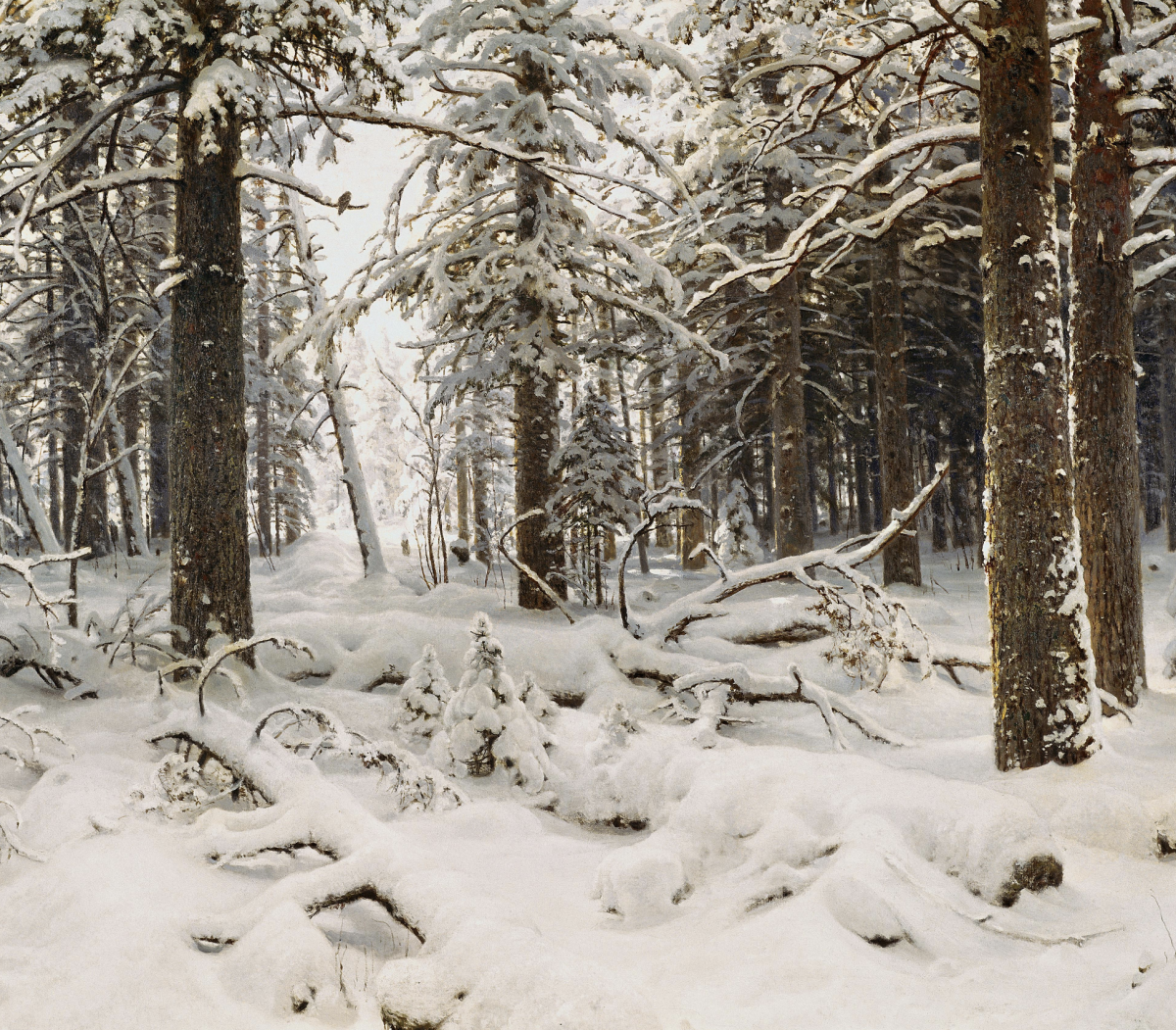
Ivan Ivanovich Shishkin, born on January 25, 1832, in the town of Elabuga in the Vyatka Governorate of the Russian Empire, stands as a towering figure in the world of Russian landscape painting. His profound affinity for the Russian countryside shaped his vast body of work, characterized by meticulous attention to detail, a celebration of nature's splendor, and an unrivaled ability to capture the essence of the woodlands and fauna of his homeland.
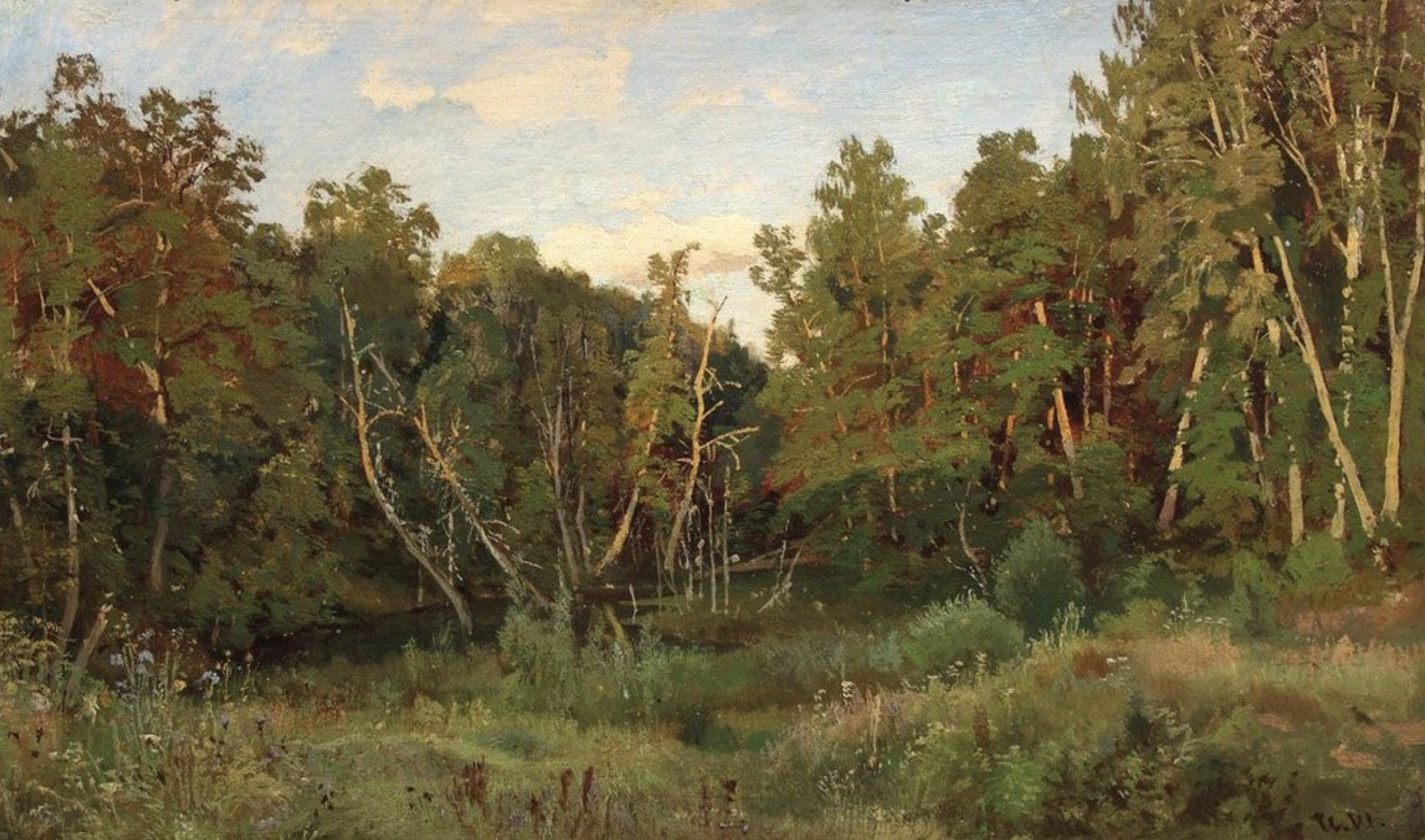
Early Life and Education
Shishkin showed an early inclination towards art and nature. His talent was evident since his youth, which led him to the Moscow School of Painting, Sculpture, and Architecture, and subsequently, the Imperial Academy of Arts in Saint Petersburg. It was here that Shishkin refined his technique and solidified his love for landscape painting, winning numerous awards and a scholarship for overseas study.

Artistic Career
A critical journey for Shishkin's development was his time spent in Europe, particularly in Germany and Switzerland, where he was influenced by the works of Western landscape painters. Upon returning to Russia, he became a member of the Peredvizhniki (Wanderers), a cooperative society that sought to engage with the public through traveling art exhibitions, providing an alternative to the restrictiveness of academic settings.
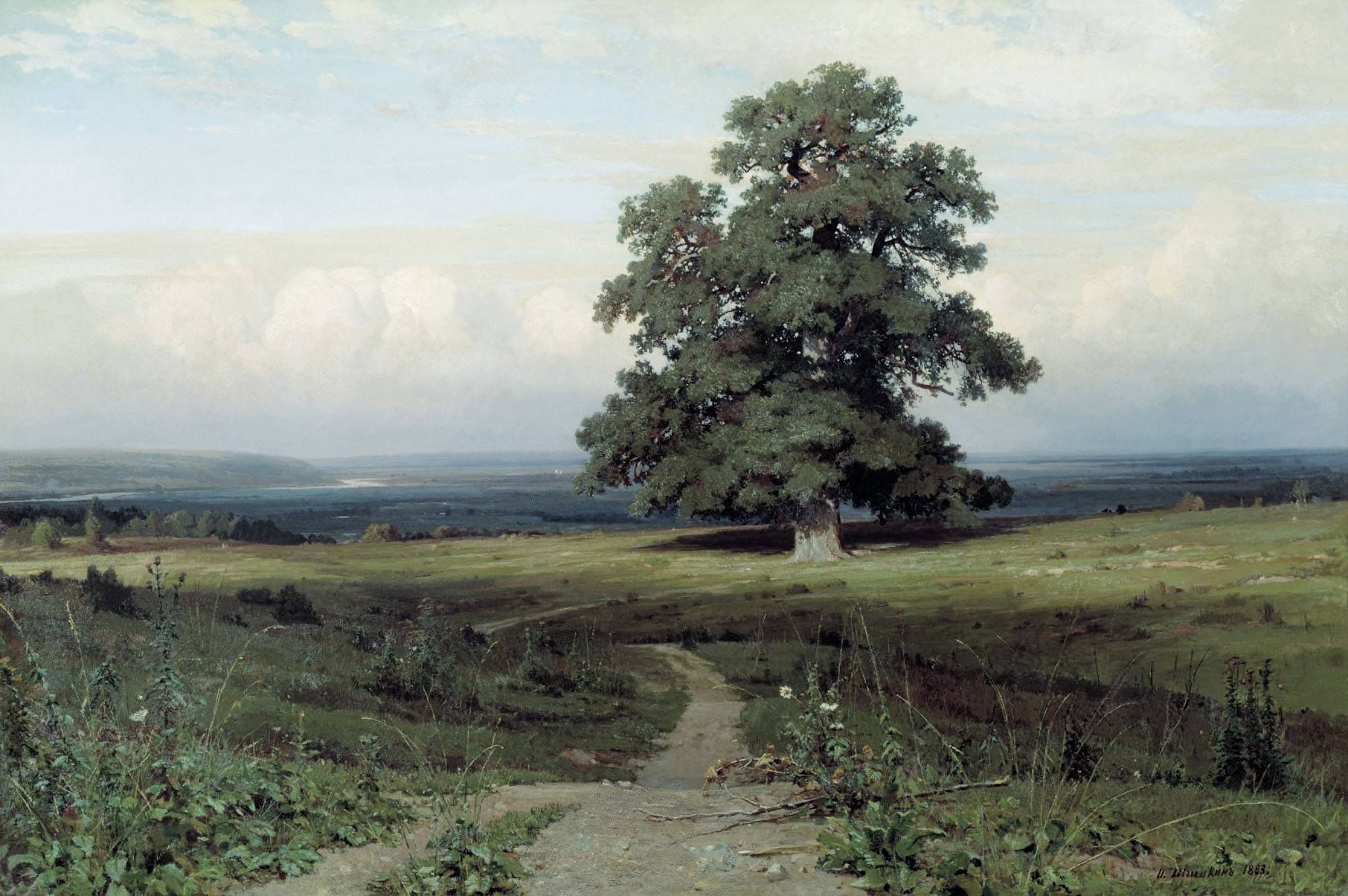
Shishkin’s art is renowned for its realism and the artist's affection for the Russian wilderness. He was a master at depicting forests in particular, bringing out the grandeur and variety of trees, the density of foliage, and the play of light and shadow. His depictions were so detailed and accurate that they could serve as botanical studies.
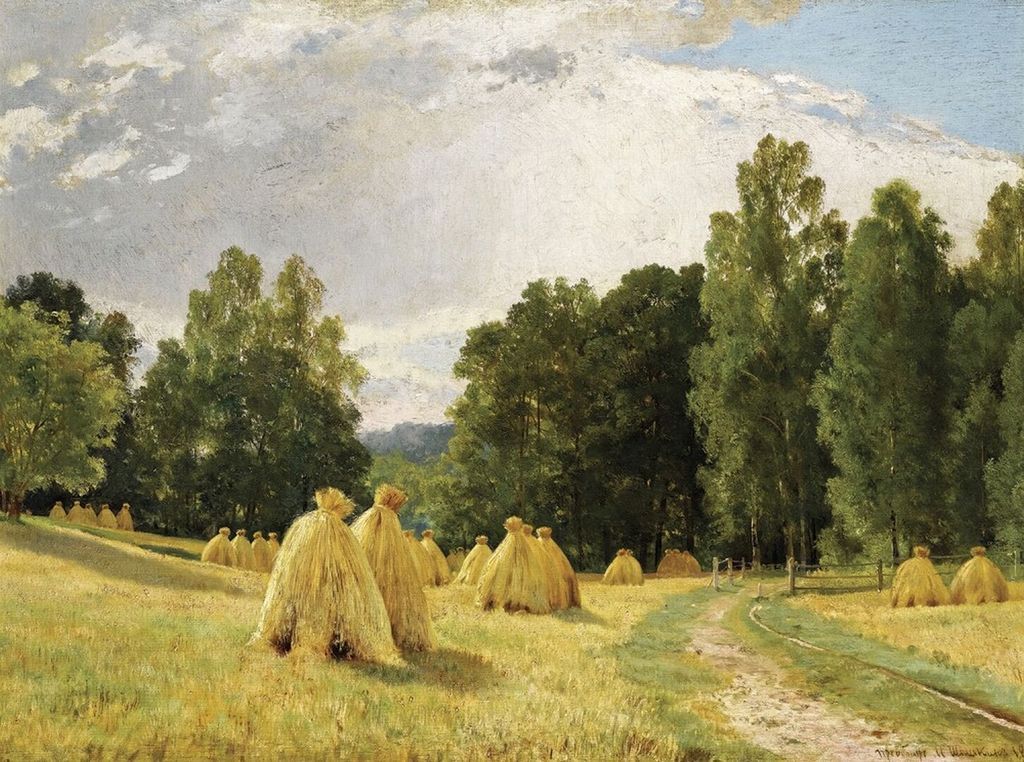
Masterpieces
Throughout his life, Shishkin produced landscapes that are considered national treasures of Russia. Among his famous works are:
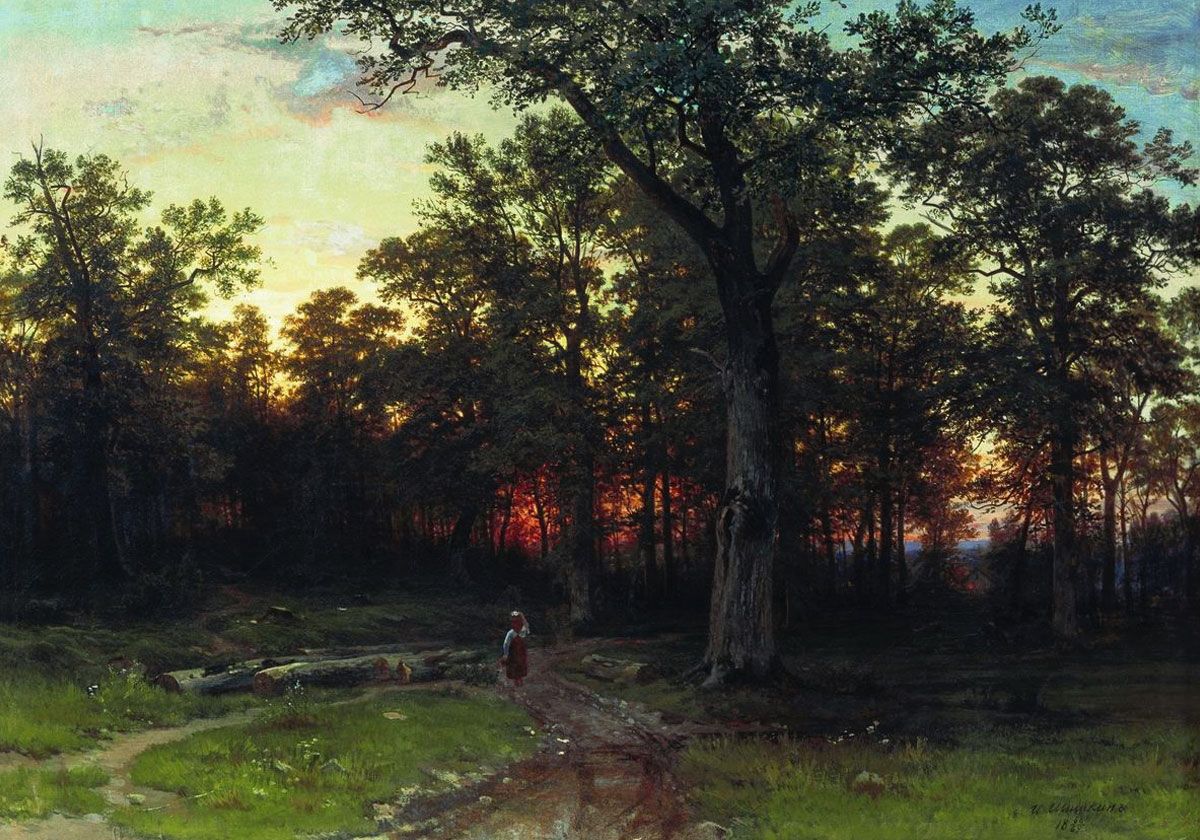
1. "Morning in a Pine Forest" (1889) – A masterpiece that features bear cubs amidst a majestic pine forest; often attributed solely to Shishkin, although the bears were actually painted by his friend and fellow artist, Konstantin Savitsky.
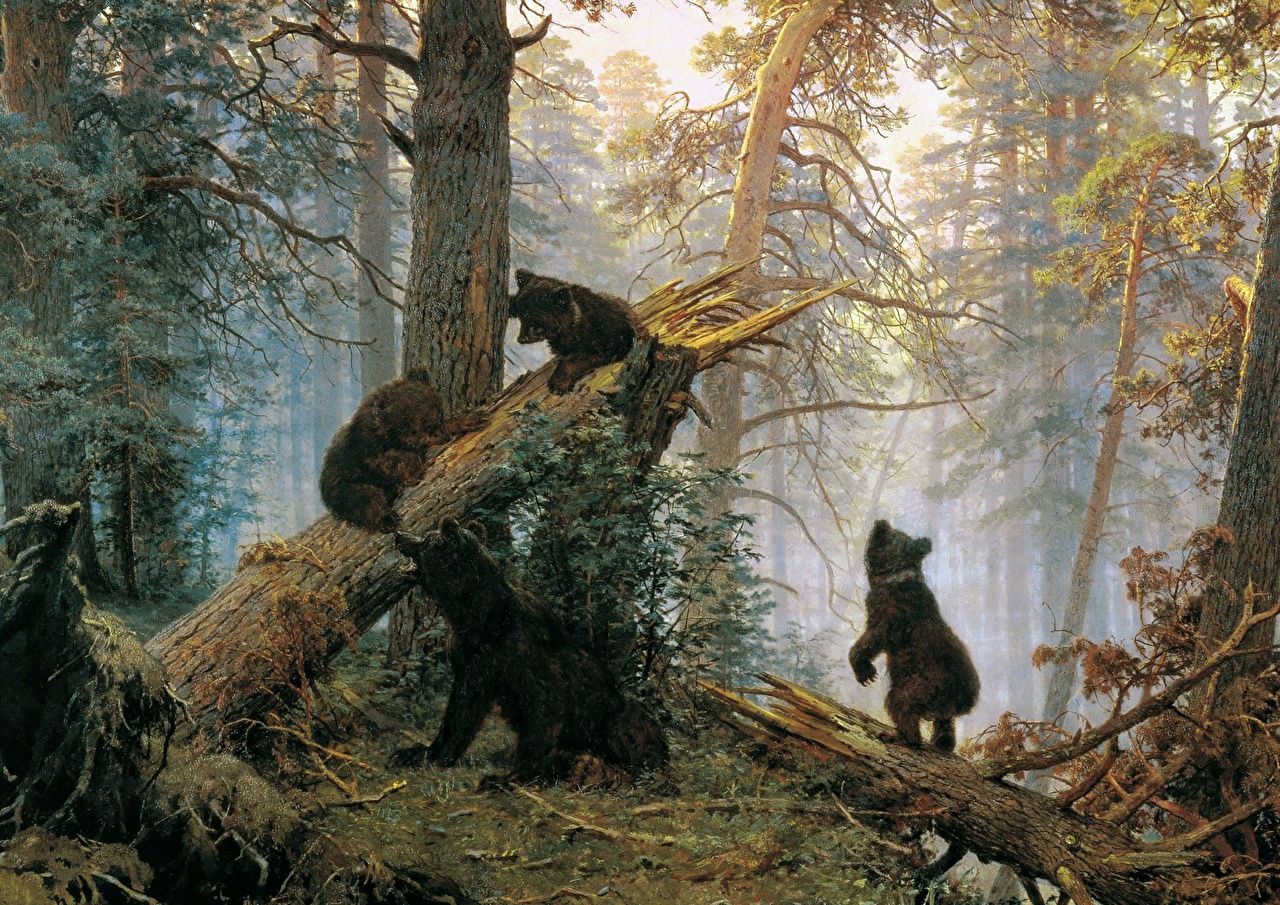
2. "Rye" (1878) – Exemplifying his skill in depicting not just the trees but other aspects of the countryside as well, this painting shows a vast field of rye swaying in the breeze under an expansive sky.

3. "The Oak Grove" (1887) – A testament to his love of trees, this painting illustrates the quiet strength and enduring presence of ancient oaks, enveloping the viewer in the tranquility of the forest.
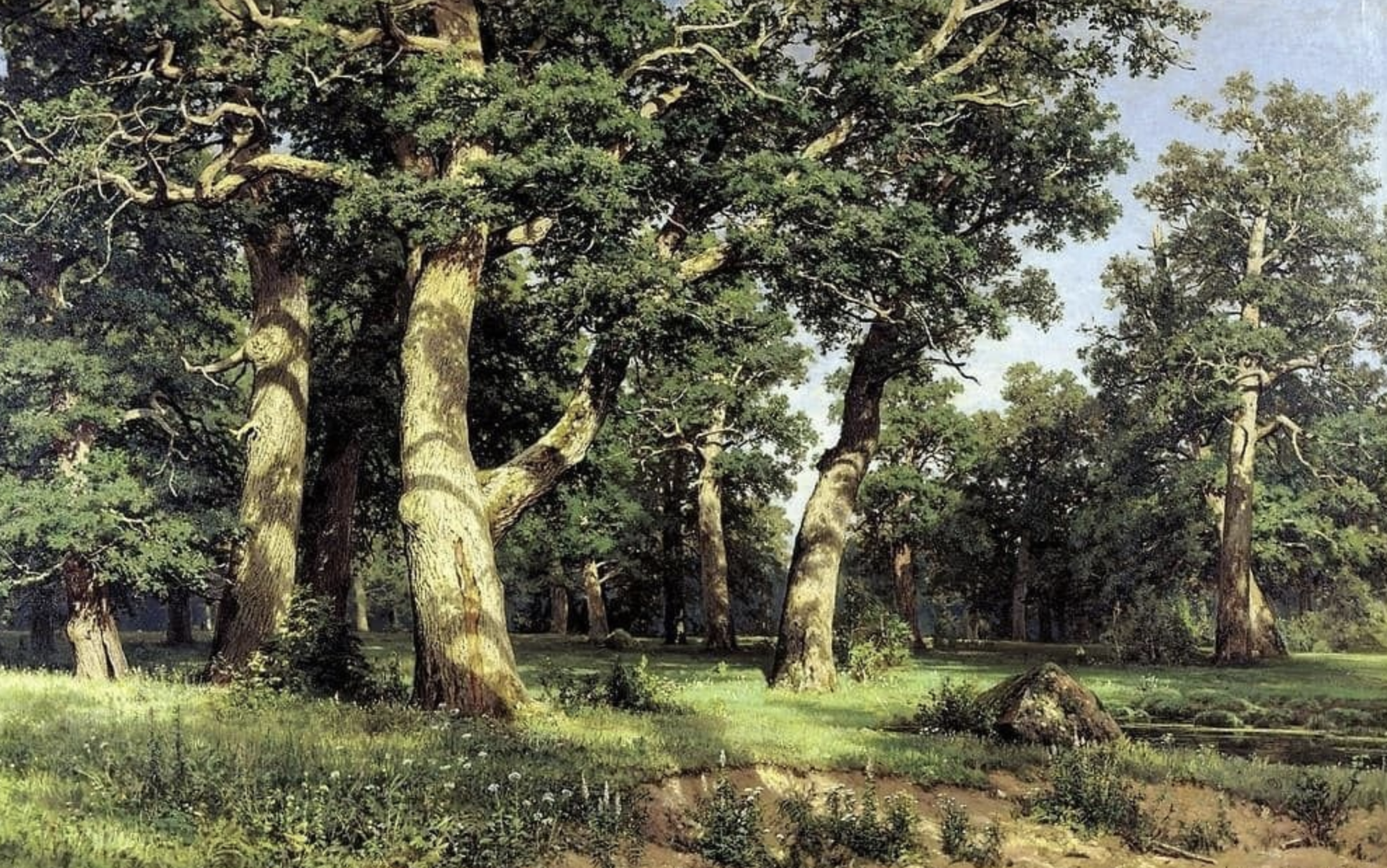
Technique and Characteristics
Shishkin's works are notable for their scientific accuracy, which did not detract from their poetic charm. He often sketched in the open air, capturing the transient details of nature, before working on the final paintings in his studio. His deep-rooted expertise in botany and his angles of perspective demonstrate his commitment to immersing the viewer into the scene. He was particularly proficient in using oil paints to convey varying textures and light effects.
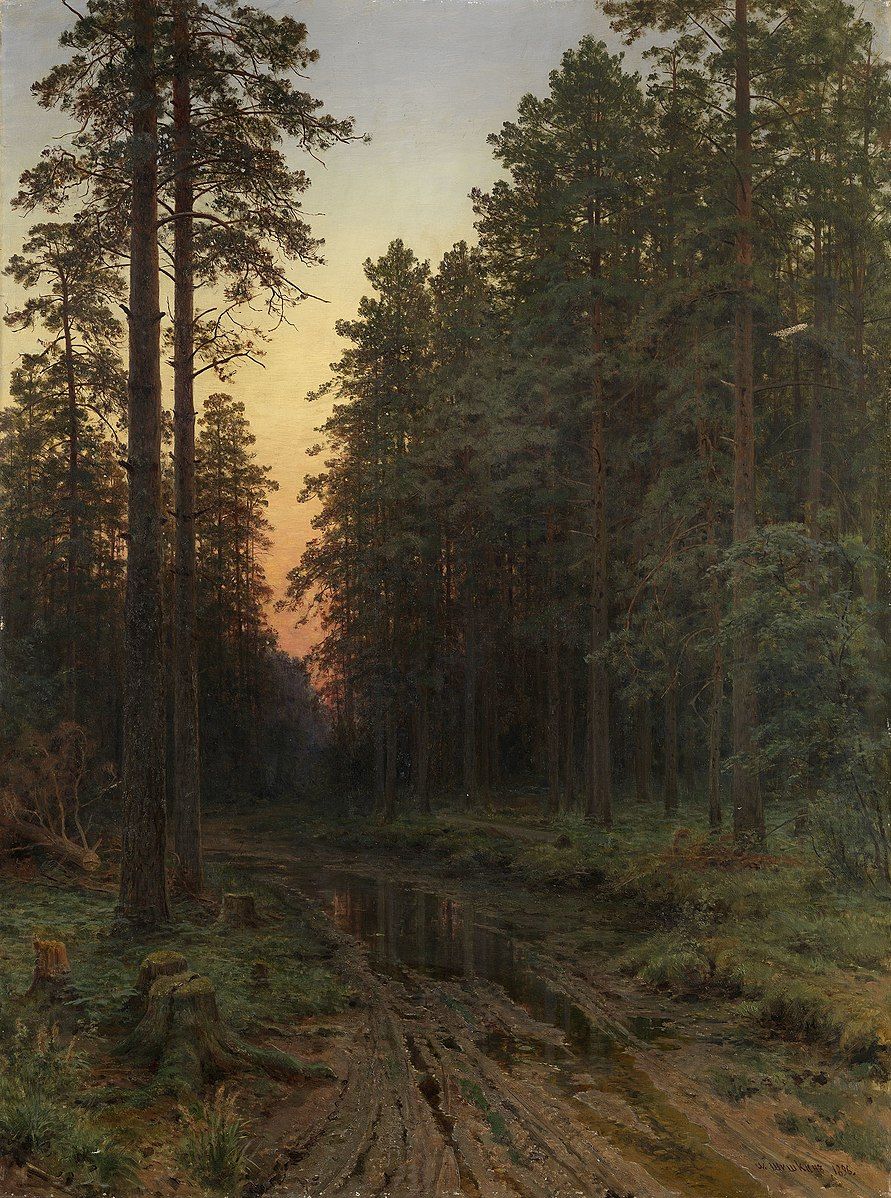
Legacy and Impact
Shishkin passed away on March 20, 1898, but his influence on Russian art has not waned. His legacy is celebrated in the countless prints and reproductions of his paintings, as well as through landscapes painted by following generations of artists inspired by his work.
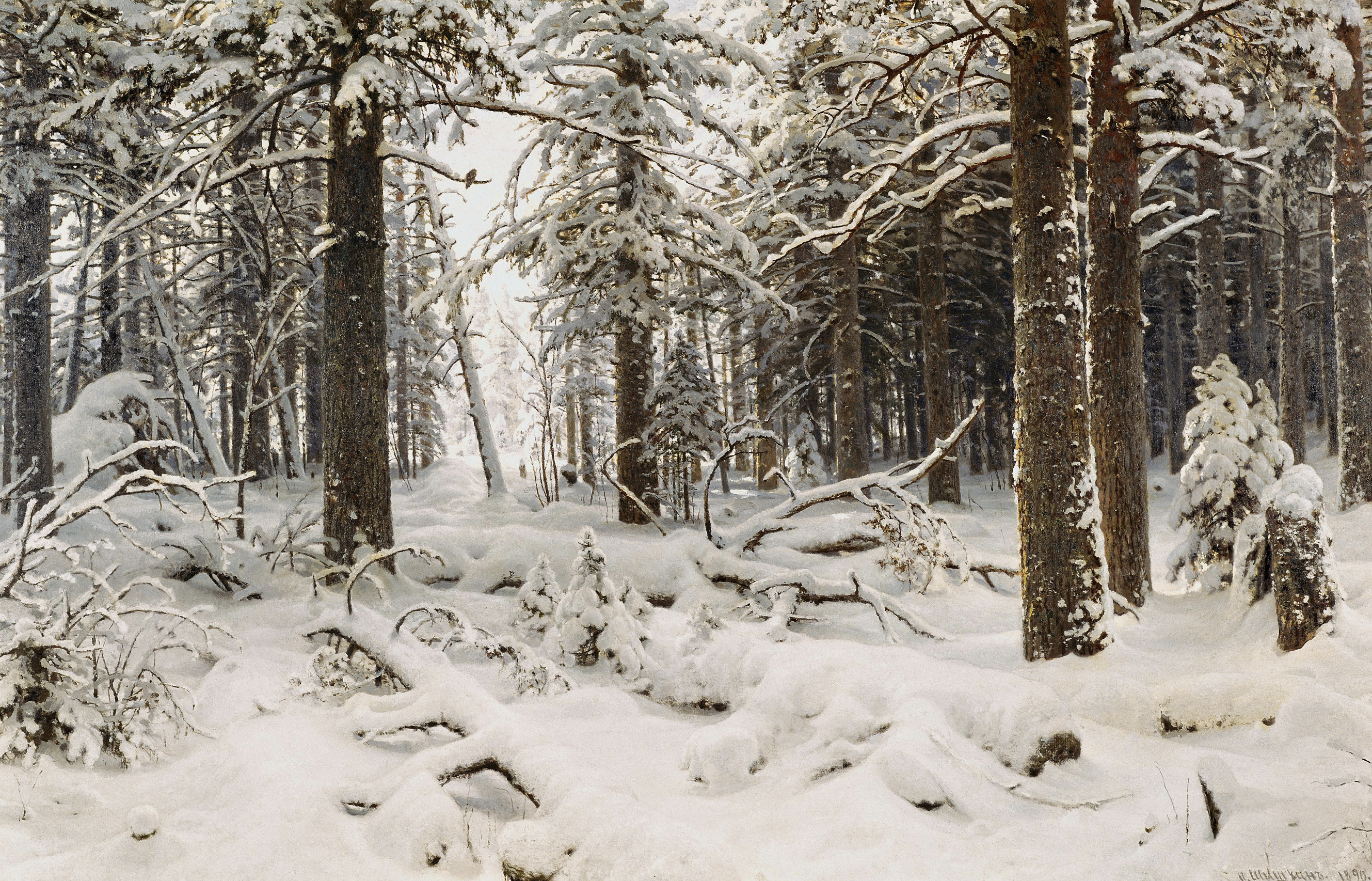
Today, Ivan Shishkin's art continues to be admired for its beauty and accuracy, reflecting the timeless allure of Russia's natural landscapes. His commitment to capturing the essence of his native land has earned him a place as a cherished cultural figure and a master of the landscape genre.
Теги
art.